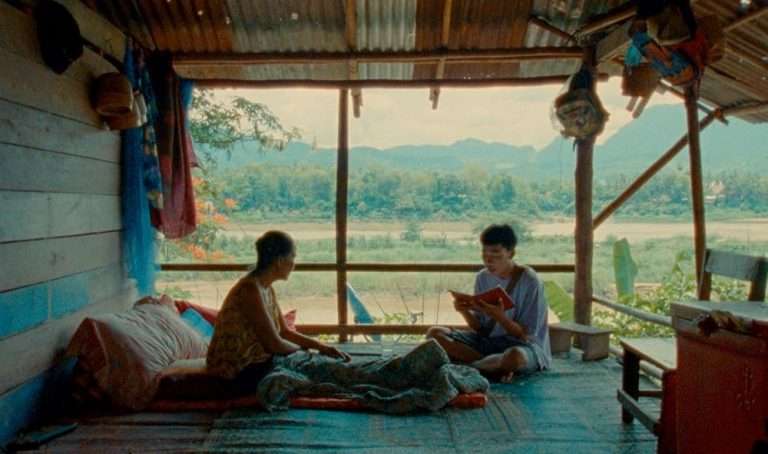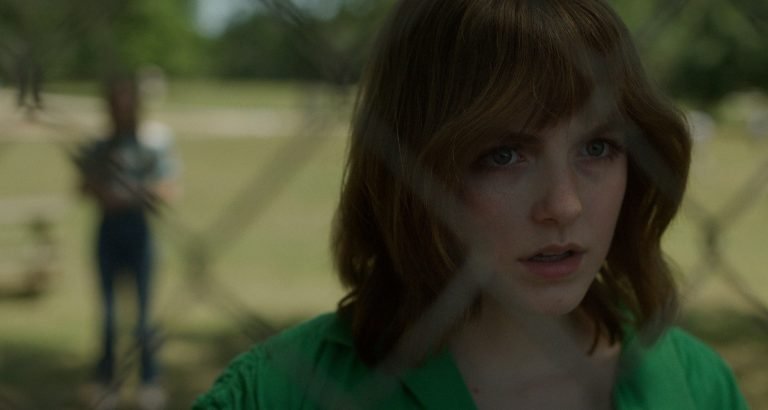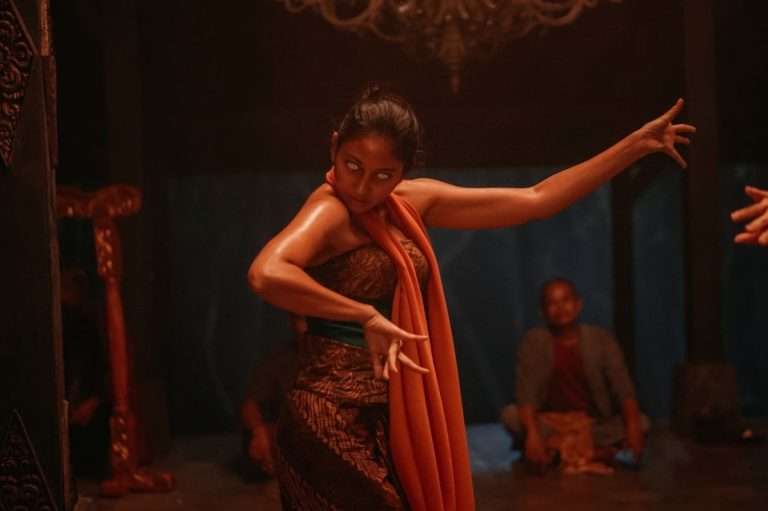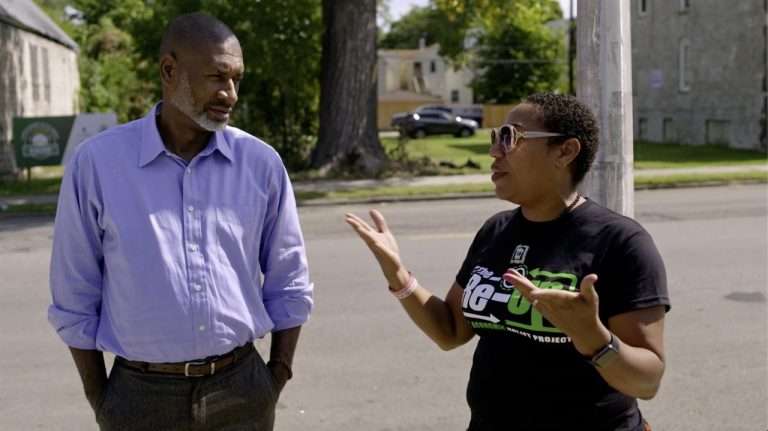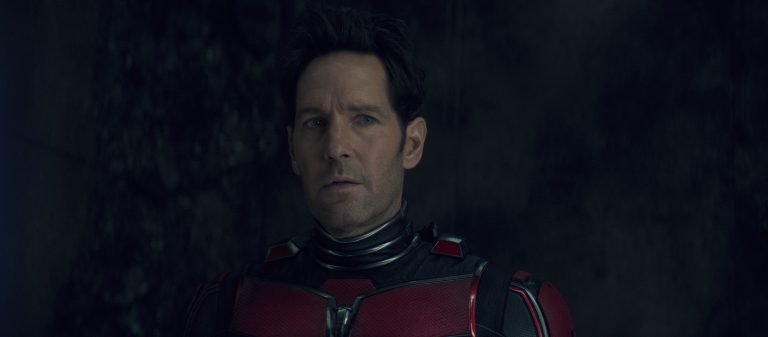Vikramaditya Motwane’s foray into documentary territory commences by exploring one of India’s most controversial political eras – the 1975 Emergency. But, as the clever wordplay in the title suggests, it focuses on Indira Gandhi, who brought this brief turbulent period into existence. Similar to how historical documentaries are made, Indi(r)a ’s Emergency also utilizes a hefty amount of archival footage of Gandhi, which charts her political journey from the 1960s to the 1980s. Accompanying that is famous lyricist Swanand Kirkire’s narration, which is not just an expository vessel but full of wit, opinion, and astute commentary.
The first chapter of the documentary chronicles her rise towards becoming the Prime Minister of India whilst battling the Syndicate, a tiny faction within her Congress party that pulled all the strings behind the scenes. For the Syndicate, she was a Goongi Gudiya (Silent Puppet) who could be easily manipulated to dance to their tunes. But she resisted all their efforts of arm-twisting and even went to the extent of breaking up her own party so as to maintain control. The film is in awe of her astonishing ascent to power. Maybe a little too much as the documentary runs the risk of glorifying its titular character, especially when the narrator’s jubilant voice announces Indira’s victory over her Syndicate-backed opponent Morarji Desai or when the needle drop of hip-70s music is used to underscore her resounding electoral success. But there is a catch to this, which we will see later.
For events that do not have any corresponding archival footage, the film opts for animation. This technique comes in real handy as the expressiveness of this medium gives the makers a lot of creative freedom to interpret and recreate events that never had any media coverage. Or incidents that never saw the light of day thanks to the heavy censorship rampant during the Emergency period. The most memorable visuals that the animation imagery achieves are those of horror. One excellent example is when the Emergency is announced, all of Indira’s dissenters and opposition members are thrown into jail for an indefinite period of time.
At this point, the film replaces Kirkire’s calm narration with the voiceover of the actual people who were there on the night of the Emergency. As these activists recount their chilling ordeal, the frames are drenched with a ghoulish violet color, depicting a sea of police jeeps surrounding each and every region, arresting scores of people and taking them to a monstrously tall police station. One activist even mentions that the number of detainees was so abnormally high that the police ran out of jeeps to transport people. Another instance is the Turkman Gate massacre sanctioned by Sanjay Gandhi, the eccentric son of Indira Gandhi and the frontrunner for the next Prime Minister.
He had ordered the slums present there to be bulldozed as he did not like how it interfered with his aesthetic view of old Delhi. When the residents protested, they were slain at the hands of the police personnel. Because this happened during the Emergency, the massacre was kept under wraps, but using the accounts of the observers, the documentary recreates the scene in its complete ghastly detail. When the police open fire, we don’t see blood being spilled, bodies dropping dead, or people wailing in pain. Instead, what we do see are extreme closeups of rifles firing right into the frame, and the terrifying outcome is left to our imagination.
It is these episodes of horror that bring the supposed glorification in the first chapter crashing down. Like how Scorsese wants to put us in Henry Hill’s shoes by presenting a romanticized view of the gangster life in the first hour of Goodfellas, then knocks us out of our giddiness with the dire consequences of a life of crime, the documentary too does something similar. As we become comfortable sharing the sweet smell of success with Indira Gandhi, the narrator remarks, “So what went wrong?”. Then the nightmare ensues, and we’re left to question everything that we felt about her in the first place.
On March 21, 1977, the Emergency was finally lifted, giving way to free and fair elections. There has yet to be a clear answer as to why Indira Gandhi put an end to it, even though she could have wielded unmatched power for as long as she wanted. The narrator speculates she might have felt guilty, a hilariously unlikely scenario. Or, based on the inaccurate reports of the investigation agency that was under her control during the Emergency years, which concluded that her popularity had not waned, she was confident of another electoral victory. Ironically, Indira Gandhi reportedly hated the tag of a dictator while behaving exactly like a dictator for the past two years. It’s a fascinating insight into her character that the film’s writing is able to provide.
However, there are times when the script isn’t confident in itself. A burning instance is when the film introduces Sanjay Gandhi, specifically one incident when, as a child, he was so hell-bent on getting a specific toy train set that his grandfather, Jawarhal Nehru, had to make calls to arrange the toy for His Highness at the earliest. It’s evident that there is a man who always gets what he wants, but then the narrator reiterates this very aspect in the dialogue. Not once, but twice – as if the writers were unsure whether the audience would be able to make two plus two four.
It’s a relief that Indi(r)a’s Emergency isn’t just another glorified Wikipedia article, which it very well could have been. There are enough interesting and unknown details about the Emergency, enough insight into the main characters of Indira and Sanjay Gandhi, and even opposition leaders like the former freedom fighter Jayprakash Narayan and George Fernandes that make it a sufficiently well-researched historical documentary. It also maintains a sense of objectivity, which is crucial when trying to explore real-life political figures and not give in to depicting them as Gods. After all, they are simply public servants. Keeping this in mind, the choice to end the documentary with the following quote by Dr BR Ambedkar was a perfect one:
“Bhakti in religion may be a road to salvation of the soul. But in politics, ‘Bhakti’ or hero-worship is a sure road to degradation and to eventual dictatorship.”


